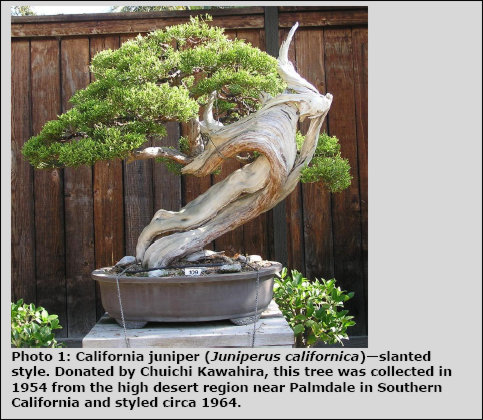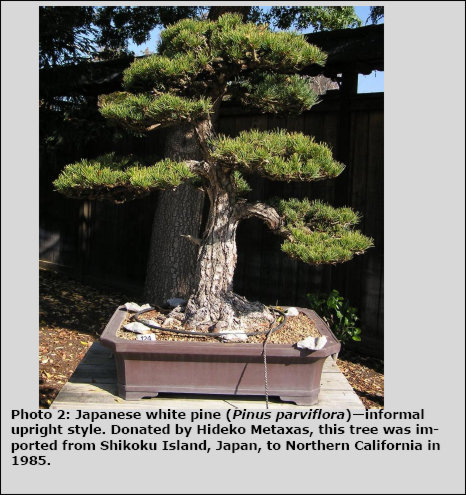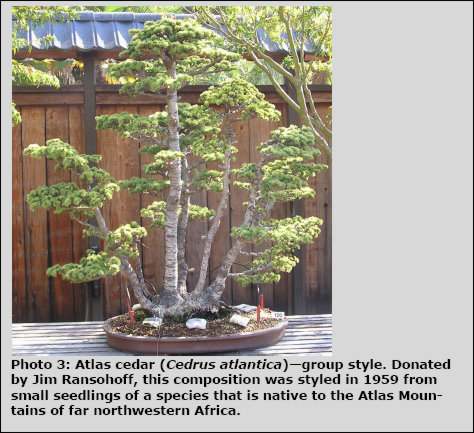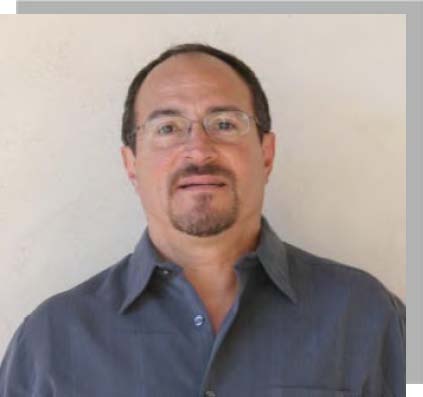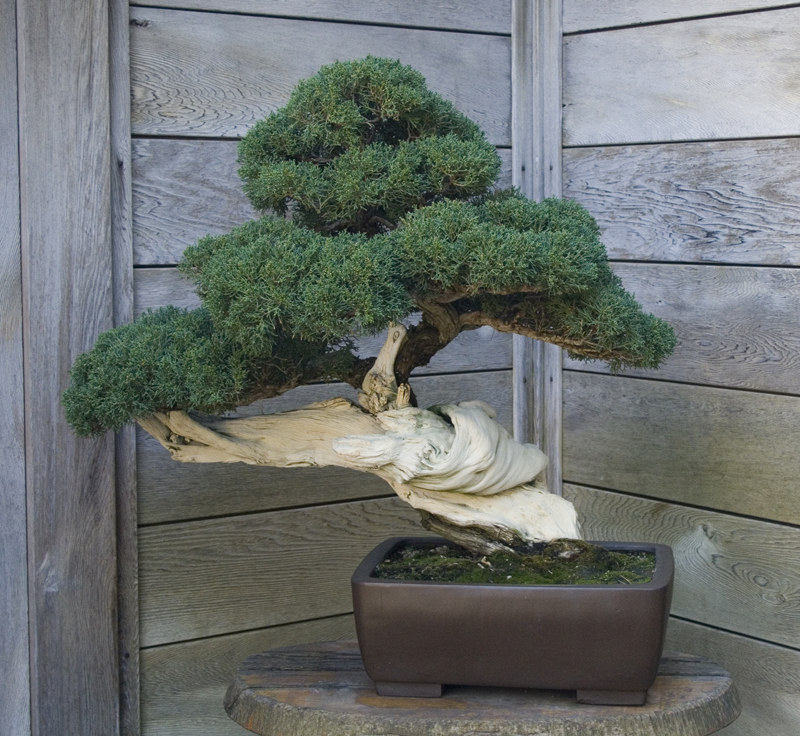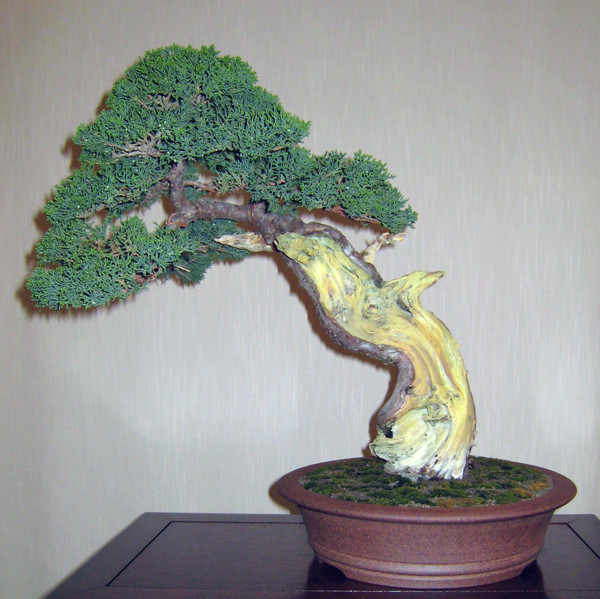December 2008 Newsletter
President’s Message
Happy Holidays!
By Ken Fuentes
We had great participation at our November meeting. Members brought in trees that had been worked on in previous meetings that showed great improvement. Thanks to everyone for participating!
We will revisit the nomination of an election committee for the 2009 officers. We had planned to cover this in the November meeting and did not get to it, so for a review of this process here is an addendum from the November newsletter:
We will select an Election Committee for 2009 officers of the Conejo Valley Bonsai Society. If you are interested in serving on this important committee, please let me or any of our current officers know that you are willing to serve.
Once we have the Election Committee in place, there will be a call for nominations and volunteers (self-nominations) for the offices of president, vice president, corresponding secretary/treasurer, and recording secretary.
|
These four elected officers form the core of our Board. Other members of the board include our past president/advisor Nat Stein, the chairs of our program and publicity standing committees, and the newsletter editor. These are appointed by, and serve at the pleasure of, the elected officers.
Our December potluck on December 18 at 7:30 is shaping up to be another success. Please bring your spouse or loved one and either cash or your checkbook.
We will have a raffle and a silent auction, and I look forward to all members participating as you are able. This event along with our annual Bonsai Exhibition at the Gardens of the World is our best fund raising opportunity. I look forward to spending time with all of you. Happy Holidays!
Holiday Refreshments
Final Call for Holiday Potluck Plans
By Marj Branson
This is just a reminder that the Conejo Valley Bonsai Society’s annual holiday potluck dinner is Thursday, December 18—our regularly scheduled meeting time.
You and your spouse, partner, significant other, loved one, or date are invited to join in!
If you are attending and have not signed up for a dish to bring, please advise as soon as humanly possible—planning time is running out.
The selections are:
- Main Dish—Entrée
- Side Dish—Vegetables, Rice, Potatoes, Pasta, or Salad
- Other—Dessert, Drinks, Ice
Please call me (805 373-1330) or e-mail me (secretary.treasurer@cvbs-bonsai.org) and let me know if you are attending, how many will be in your party, and what you plan to bring.
We have to set up the tables, so we need to know how many are coming—so please confirm.
Oh, speaking of setting up, we need help doing that, so if you are available please let me know.
Barrett’s Bonsai Tips
It’s Time To Clean, Prune, and Wire
By Jim Barrett
December and January are busy times and because of holiday preparations, we tend to forget about bonsai. After all they are sleeping away the winter, right?
|
Now is a great time to clean them up. Prune and wire Japanese and Trident maples, and Chinese elms (not Catlin elms, which are evergreen). All leaves can be removed, including those that are still green. Prune all of the twiggy growth having more than two nodes and those twigs whose nodes are too far apart. Leave one or two nodes on each small (tertiary) branch.
Do this systematically from the lowest branches to the topmost branches. When this is done, remove heavy, thick top branches, paying attention to those with particularly large diameters. This occurs when fast-growing branches grow unnoticed and hidden by the foliage canopy. Strive for a multitude of fine secondary and tertiary branches in the top one-third or one-quarter of the tree.
Don’t be worried if the tree has more than one primary branch leading to the apex. As long as one terminal remains slightly higher than the rest, the tree will be natural and aesthetically pleasing.
Now is a very good time to pay attention to form and inner branch structure of trees in parks and on the streets. Notice the natural transition from trunk to primary, to secondary, to tertiary branches—especially in the upper portion of the trees.
When you finish pruning the obvious problem branches, consider wiring those branches that are not positioned as you would like them to be. This time of the year is a good time to bend and manipulate maples, elms, liquidambars, and Zelkova branches. Branches are generally more flexible at this time, and because the tree is bare, much easier to wire. One exception will be the Japanese elm (Nire). Their heavier branches tend to be rather brittle.
Again, start your wiring with the lowest branches, proceed to the top, but only wire those branches that need to be repositioned. Strive for a delicate, graceful appearance with Japanese maples and a more rugged ramification on trident maples. Chinese elms, whose habit is to lose leaves in the winter, should be pruned to produce the finest network of twigs possible.
All of these species have a habit of producing heavy, thick branches in the uppermost portions of the tree. If they grow unnoticed during the year, it will be obvious when the leaves are gone which branches need surgery. Make the cuts on a slant, making sure they are concave. Seal all raw scars over ¼ inch in diameter.
Now that the upper portion of the tree is taken care of, clean the trunk and main branches with a stiff toothbrush, or you might try a brass wire brush shaped like a large toothbrush. If the bark has a crusty, rugged look and it is a desirable feature of the tree, do not brush it.
Pull all moss off of the very base of the trunk and main roots and brush these also. After covering the soil with a cloth or plastic, spray the tree with a good dormant spray such as lime sulfur, volck oil, or copper oil. Set the bonsai in a sunny location where it will be admired for its winter looks and enjoy it.
GSBF Bonsai Garden at Lake Merritt
Getting an Eyeful of Bonsai Beauty
By David E. Whiteside
A few days before this year’s Golden State Bonsai Federation convention opened late last October, I visited the Federation’s bonsai collection in Oakland—first for an hour or so with family and friends and then returning the next day to spend several hours photographing some of what I saw there.
This collection previously was known as the GSBF Collection-North, and is the Northern California counterpart to the GSBF collection housed at the Huntington Library, Art Collections, and Botanical Gardens in San Marino. Recently renamed the GSBF Bonsai Garden at Lake Merritt to more clearly indicate its location and its link to the city of Oakland, the garden stands in that city’s Lakeside Park, on the shores of Lake Merritt.
Tastefully enclosed by a Japanese-style wood fence, the garden permanently houses more than 150 bonsai, many of them created by California-based artists. Kathy Shaner, who I’ve been told is the only female Japanese-accredited bonsai master, serves as the collection’s curator. Shaner also is the Redwood Empire Bonsai Society’s sensei.Below are just a few images of this wonderful collection. The garden is open to the public, but as members of the Conejo Valley Bonsai Society—which is a member of the Federation—we all have a special connection with the Lake Merritt collection. More information is available online at www.gsbf-bonsai.org/lake-merritt. It’s definitely worth a visit—but do call ahead to confirm hours as they sometimes vary due to volunteer availability.
